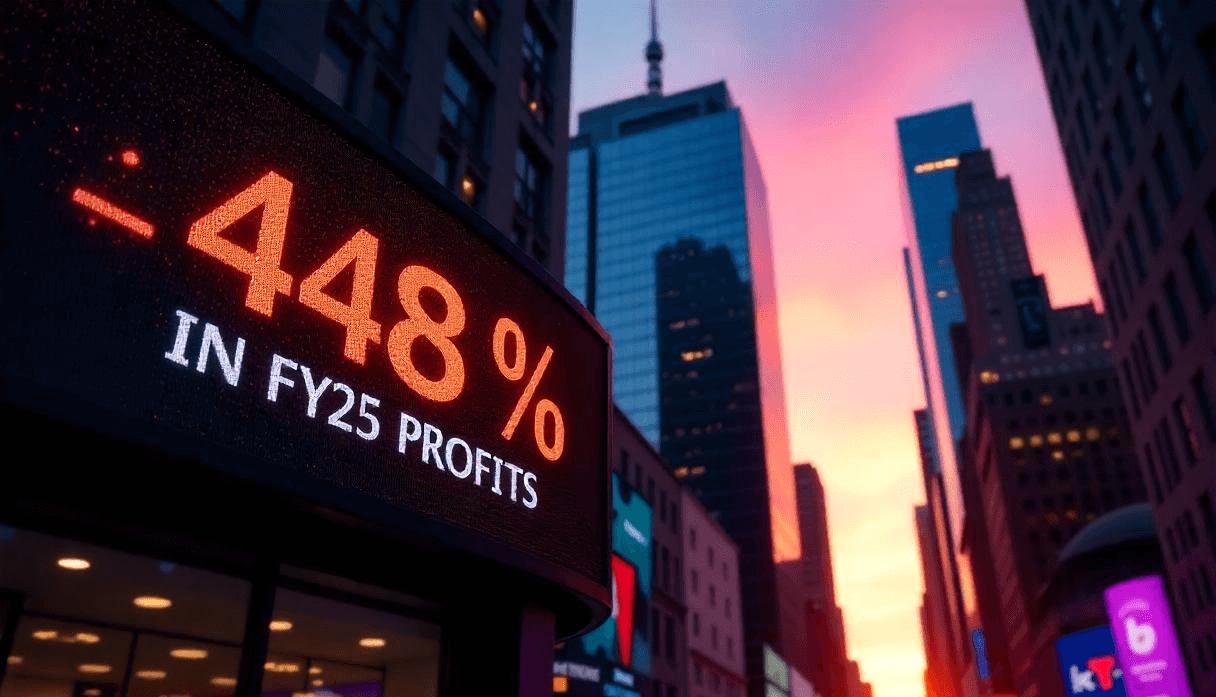India’s Economic Growth Projections for FY 2025-26: Navigating Promise and Pressure

As India begins a new fiscal year (FY 2025-26), the conversation around its economic trajectory has grown louder. With global uncertainties, domestic resilience, and policy reforms intersecting, India's economic growth projections have become a key focus for economists, investors, and policymakers alike.
Let’s break down what the projections are saying, the drivers behind them, and the road ahead.
Current Growth Projections: A Mixed Outlook
Various agencies have projected India’s GDP growth with slight variations based on evolving data points:
|
Institution |
FY 2025-26 GDP Growth Estimate |
|
Government of India (Economic Survey) |
6.3% – 6.8% |
|
International Monetary Fund (IMF) |
6.5% |
|
World Bank |
6.7% |
|
Asian Development Bank (ADB) |
6.7% |
|
Moody’s Analytics |
6.1% (after US tariffs impact) |
Key Growth Drivers for FY26
- Domestic Consumption Rebound
Private consumption, especially from rural and semi-urban markets, is expected to grow on the back of:
- Higher minimum support prices (MSP) for crops.
- Expanding rural infrastructure.
- Government incentives for middle- and low-income segments.
- Manufacturing and Services Expansion
- PLI (Production Linked Incentive) schemes are bearing fruit, especially in electronics, semiconductors, and pharma.
- Services exports, particularly in IT, fintech, and professional services, remain strong.
- Infrastructure Push
Massive government capital expenditure continues in roads, railways, and green energy:
- The ₹11.11 lakh crore capital outlay in Budget 2024-25 (up 16.9% YoY).
- Smart cities, metro expansions, and logistics parks.
External Headwinds and Global Influence
- US Reciprocal Tariffs
- In March 2025, the United States imposed a 26% reciprocal tariff on select Indian exports including:
- Gems & jewellery
- Pharmaceuticals and medical devices
- Garments and textiles
Impact: Moody’s downgraded India’s GDP growth to 6.1%, citing a slowdown in export demand and investor caution.
- Geopolitical Uncertainty
Tensions in the Middle East and ongoing trade disputes globally are inflating oil prices, increasing India's import bill, and raising fiscal pressure.
- Global Slowdown
Advanced economies like the EU and UK are witnessing lower growth or stagnation, affecting export orders, capital flows, and outsourcing deals.
RBI’s Monetary Policy Response
The Reserve Bank of India (RBI) has responded proactively:
- Repo rate cut: Brought down to 6.00%, with a shift in stance to “accommodative.”
- This is the second consecutive rate cut, aimed at boosting credit, demand, and private investment.
Forward Guidance:
- Economists expect further rate cuts (50–100 bps) through the year.
- Focus remains on managing inflation while ensuring liquidity for MSMEs and startups.
Sectoral Outlook
|
Sector |
Outlook FY26 |
Notes |
|
Agriculture |
Positive |
Supported by MSP hikes, agri-tech, and weather stability |
|
Manufacturing |
Moderate to Strong |
PLI impact showing, but export headwinds persist |
|
Real Estate |
Improving |
Urban demand returning, driven by lower rates |
|
Banking & Finance |
Strong |
Healthy asset quality, expanding credit base |
|
Technology |
Cautiously Optimistic |
Strong services demand, but global IT spending mixed |
|
Retail & FMCG |
Buoyant |
Urban-rural consumption recovery, e-commerce growth |
What This Means for Businesses and Investors
- Startups & SMEs: Easier funding climate expected, with government and bank support through credit schemes and rate cuts.
- Exporters: Must diversify beyond the US and focus on regional markets (ASEAN, Africa).
- Retail Investors: Continued growth in equity markets expected, especially in sectors like infra, BFSI, green energy.
- Multinationals: India remains a top investment destination for supply chain diversification.
Policy Recommendations & Future Path
To maintain momentum and move toward the ambitious $5 trillion economy goal, experts recommend:
- Accelerating labor reforms and skilling initiatives.
- Boosting women's participation in the formal workforce.
- Expanding digital infrastructure and fintech access in Tier 3–6 towns.
- Incentivizing R&D, innovation, and clean energy investments.
Conclusion: Growth with Caution
India’s growth story in FY26 remains strong but sensitive. The fundamentals—domestic consumption, tech-led services, and infrastructure spending—are solid. However, external shocks like trade disruptions and global inflationary pressures could create volatility.
With prudent fiscal management and responsive monetary policy, India is still poised to be one of the world’s fastest-growing major economies.
Recent post
Take Fintegriti for a Test Drive
No License Required!
Still on the fence? Hop in and experience payments so smooth,
even your morning coffee will be jealous



